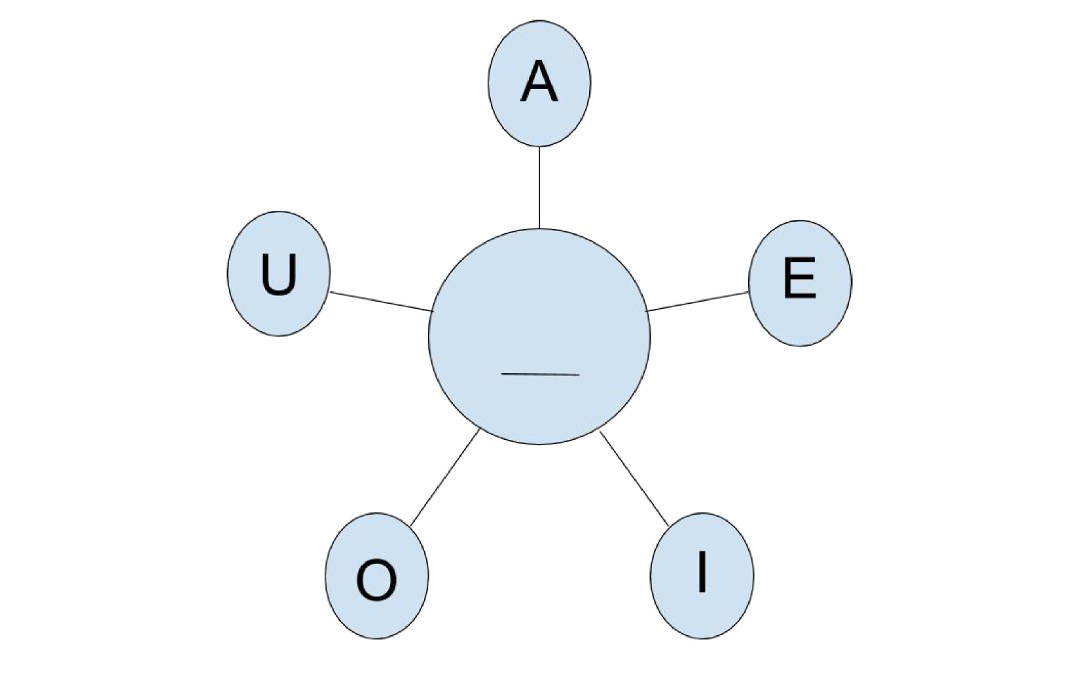
Cleft Palate Therapy: Sounds in Syllables “The Acevedo Spoke”
This video presents the “Acevedo Spoke” method of teaching children with repaired cleft palate to produce consonants in syllables.

This video presents the “Acevedo Spoke” method of teaching children with repaired cleft palate to produce consonants in syllables.
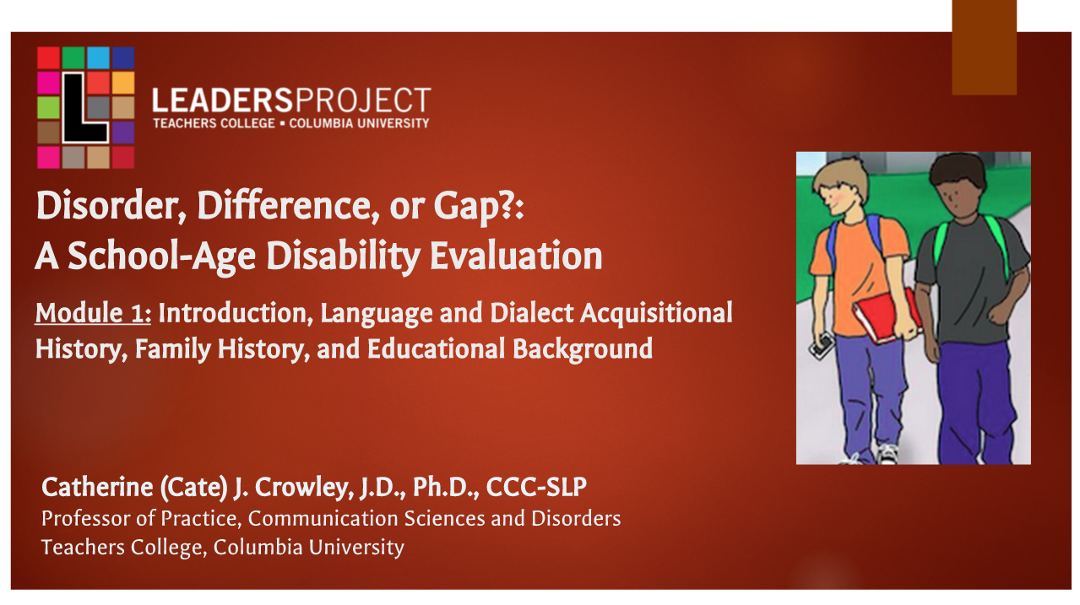
In this playlist, Dr. Cate Crowley walks evaluators through a step-by-step approach to how to assess and evaluate a school-aged child based on current federal law, state regulations, ASHA guidelines, and evidence-based practice.

Cate introduces the module series, explaining the evidence an evaluator needs to distinguish a true disorder from a language difference or academic gaps resulting from a lack of adequate educational instruction.
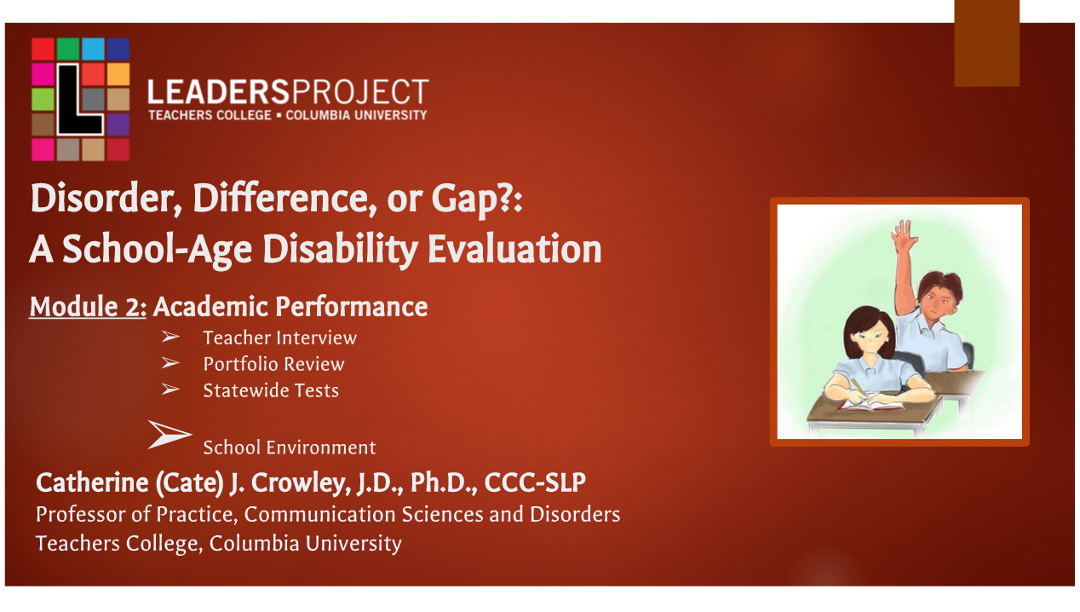
In this module, Cate looks at Sofie’s academic achievement through past standardized test scores, an extensive teacher interview, observations of her schoolwork, and information from Sofie and her mother.
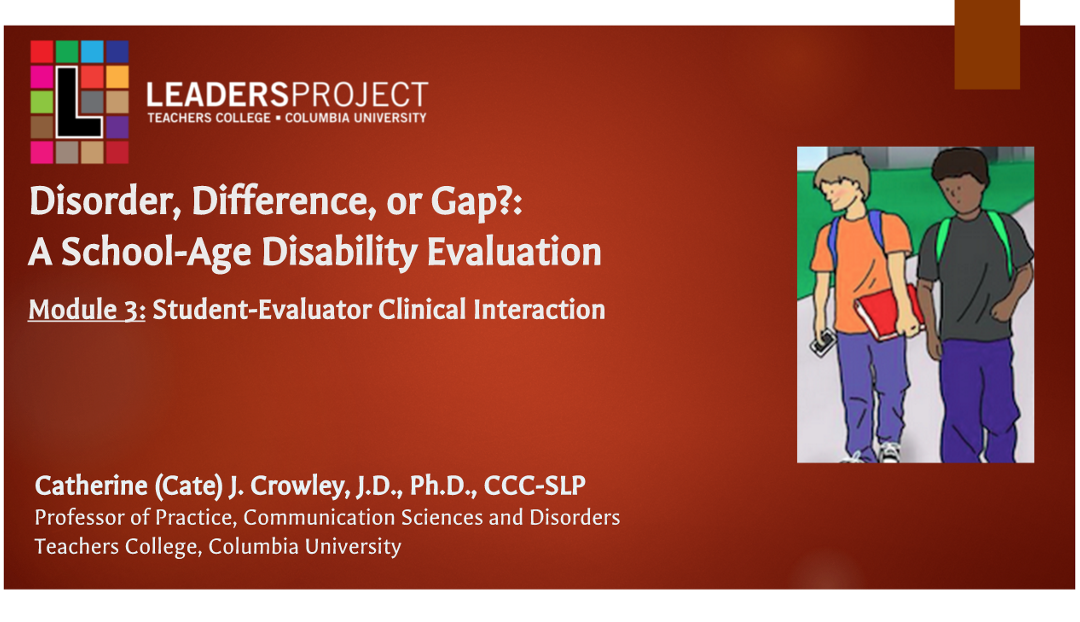
In this module, Cate analyzes the results of her direct clinical interactions with Sofie.
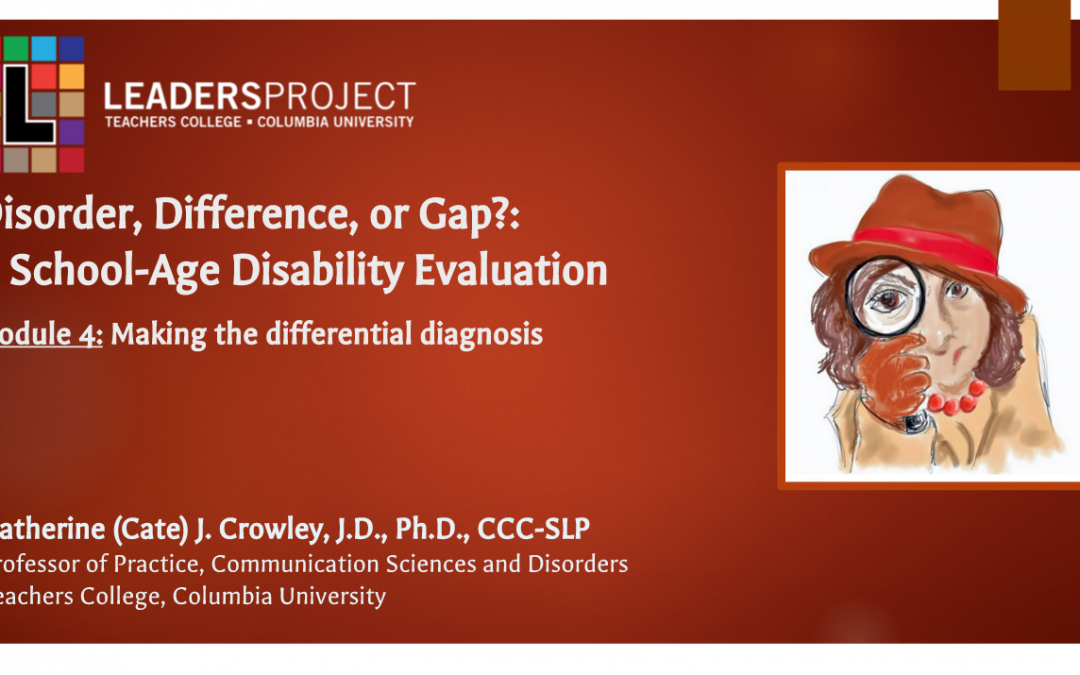
In this module, Cate focuses on making Sofie’s differential diagnosis to distinguish a disorder from a difference from an academic gap.
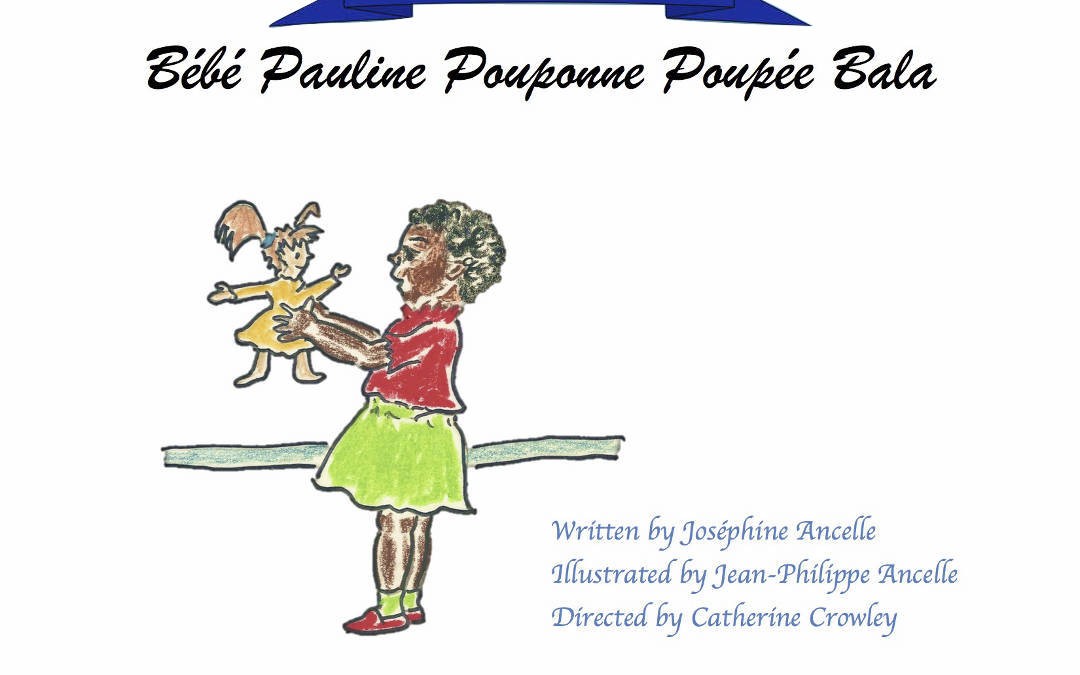
Part of the series of cleft palate books. This one is for B and P in French. / Livre pour la pratique des sons B et P à la suite de la réparation fentes labio-palatines.
In this playlist, Dr. Cate Crowley walks evaluators through a step-by-step approach to how to assess and evaluate a school-aged child based on current federal law, state regulations, ASHA guidelines, and evidence-based practice.
This study investigated the usefulness of specific narrative elements determined to be “dialect neutral” in discriminating between typically developing and language impaired speakers, regardless of dialect status (General American English vs. African American English).
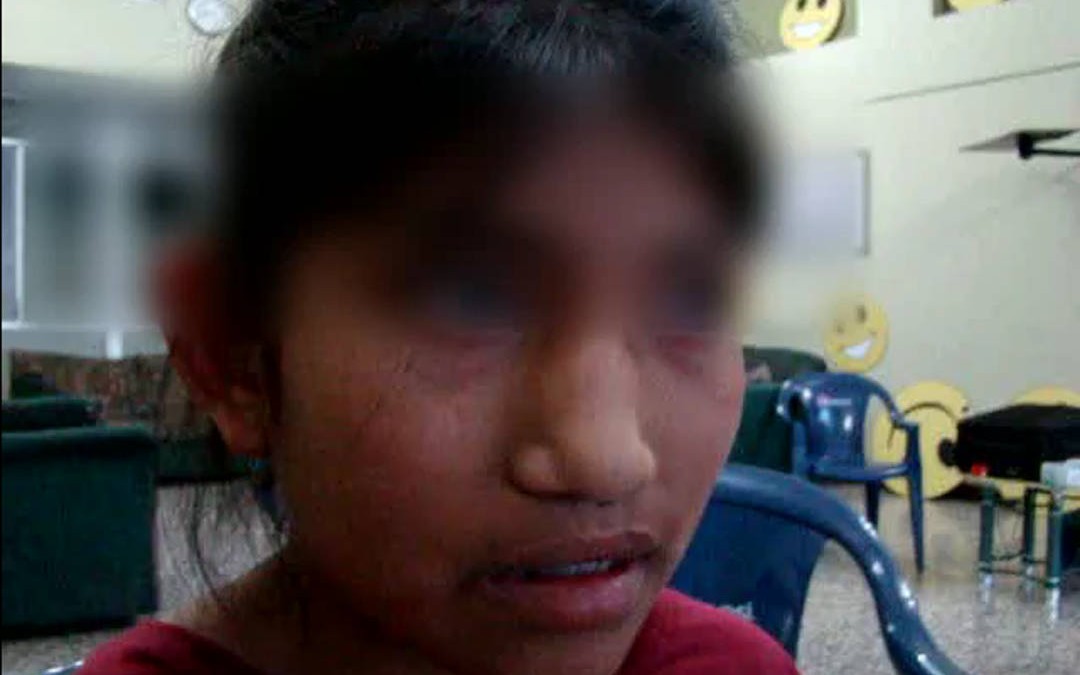
Here we can see a 12 year old girl who demonstrates good placement of the tongue and articulator, noticeable when the nose is closed so that air cannot escape that way and her speech becomes much more intelligible. Aquí vemos una niña de 12 años con buena articulación. Se ve cuando se cierra las narices para que no pueda escapar aire así y se puede entender su habla perfectamente.